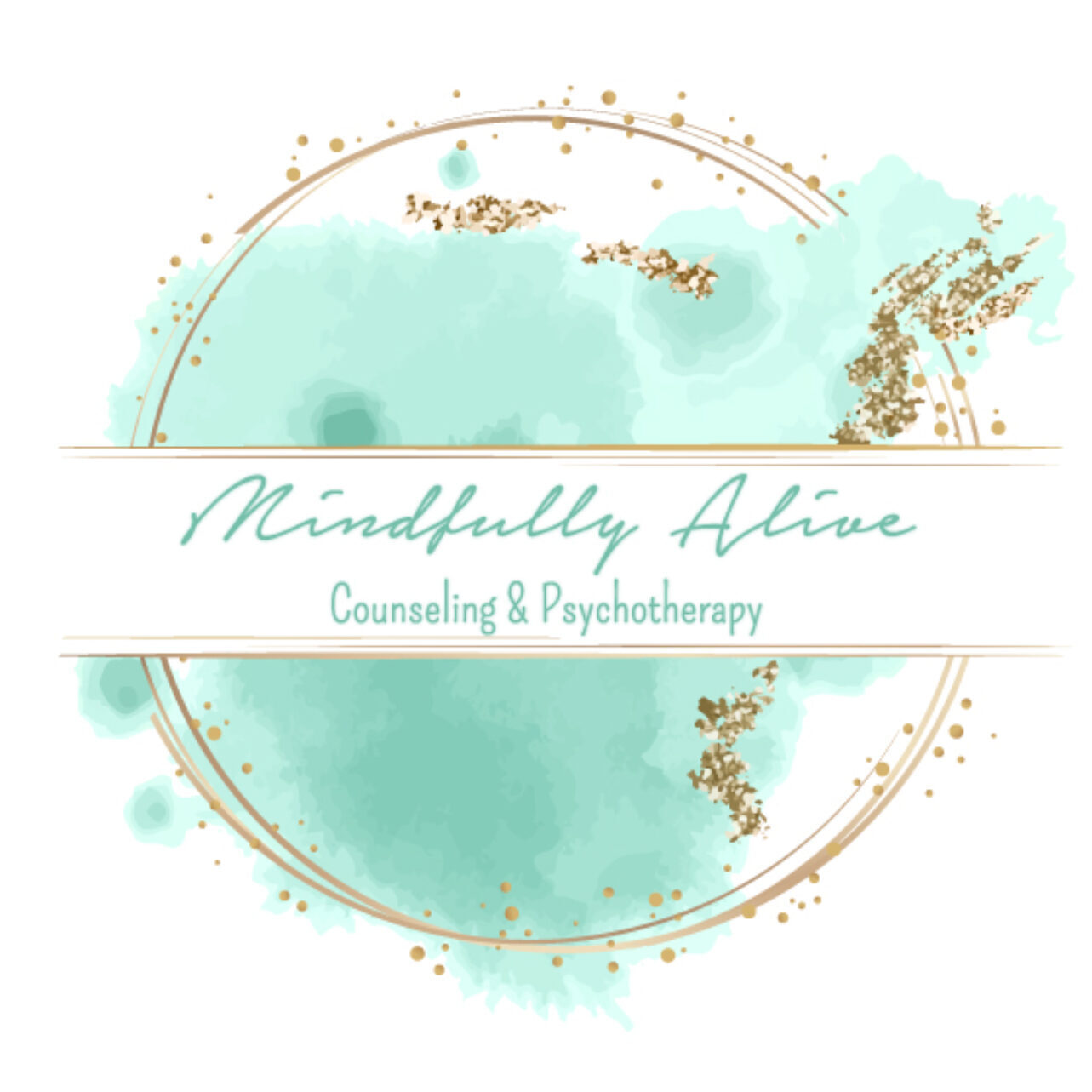Emotions can be really daunting sometimes. The ironic thing is, the more we try to avoid them, the stronger the hold they have on us. Many beliefs instilled in us from our families or cultural backgrounds discouraged emotional expression. Being able to identify and process emotions is out of the question if the topic isn’t even openly discussed. Part of the importance of validating each others’ complex emotional human experience is that it erodes the stigma. Half the battle of learning to cope with difficult emotions is giving ourselves permission to feel them in the first place.
How Suppressing our Emotions is Problematic
The universal paradox of our human minds is that the more that we try not to think about something, the stronger the thoughts and ultimately feelings become. For example, if we were to say “don’t think about the big yellow school bus”, we would automatically begin to visualize a big yellow school bus. Similarly, telling ourselves to not feel anxious or angry only causes emotions to manifest even more powerfully. Avoiding our emotions regularly can lead to increased rumination, stress or depression. We may also turn to substances or food to further numb ourselves. Studies have shown that suppression of emotions can also have an impact on our physical well being leading to compromised immune systems, digestive problems, high blood pressure or even heart disease. To avoid these undesirable outcomes, we can learn how to process and release difficult emotions before they explode in ways in which we could do without. We can liken this to the visual example of a carbonated beverage. Each time emotions arise and are suppressed, the bottle is shaken ever so slightly. After this process repeats the bottle becomes pressurized, only waiting to explode and cause a huge mess. These unintended consequences are nothing to be ashamed of, they are just the natural result of not learning how to let the pressure out in a proactive way.

Emotions re-defined
Emotions are energies in the body that need to be witnessed and felt in order to be released. No emotion is “good” or “bad”, they are all equally important parts of the human experience. Fear protects us from harm, anger allows us to stand up for ourselves and what we believe in. Each emotion is like a messenger trying to tell us something. Rather than running away from them, we can begin to lean into our feelings in order for them to do their job of giving us a deeper understanding of ourselves and others.
What we can do
Here are some tips on how we can begin to allow ourselves to fully experience our emotions.
Awareness. To make any intentional growth in life, we must first become aware of what we want to change. Take a moment to reflect on the emotions that seem to get the best of you. What patterns do you notice? It may help to jot these down on a piece of paper to better identify themes. Before we try to navigate these emotions as they arise, it is helpful to identify patterns using our already lived experience.
Once we have gained awareness of these specific patterns, we can set our attention on catching them arise in the moment. For some of us these emotions are first noticed in the body, for others it is a thought process. There is a well known therapeutic phrase, “if you can name it, you can tame it”. Sometimes putting a name to a thought pattern or emotion is enough to reduce its power over us. Once we have identified the emotion we are currently experiencing, we must make a decision to allow ourselves to feel it.
2. Observation. As was mentioned earlier, emotions are like energy within the body. We can use mindfulness of our bodies in order to cultivate our ability to observe our emotions rather than getting overwhelmed by them. Where in your body do you feel the emotion? What does it feel like? It is important that we also become aware of our habits of avoidance. Do we feel an impulse to pick up our phone to distract ourselves? Or are we heading to the kitchen to self sooth with food? Become aware of the mechanisms the mind uses to escape the experience but make a decision to remain a witness of the thoughts and feelings. Hold the experience in awareness for as long as you can without judgement.
3. Acceptance. Now that we have successfully noticed patterns, caught the emotion as it has risen and observed how our mind tries to avoid, we can simply choose the path of acceptance. Half of the negative emotions we experience are the result of internal resistance to what is rather than the actual situation at hand. Similar to a chinese finger trap, the more we pull away, the tighter and more uncomfortable we feel. By accepting and giving into this fleeting emotion, we are paradoxically able to free ourselves from the bonds of avoidance. Another metaphor we can use is that classic film scene of falling into quicksand, the more we struggle and panic, the faster we sink. By taking a deep breath, bringing our awareness to the present moment and accepting our current situation, we are able to handle difficult emotions with ease.
The art of acceptance is a powerful lesson that can truly alter our experience of life. As Buddhist teacher and psychologist Tara Brach shares, “Each time you meet an old emotional pattern with presence, your awakening to truth can deepen. There’s less identification with the self in the story and more ability to rest in the awareness that is witnessing what’s happening. You become more able to abide in compassion, to remember and trust your true home. Rather than cycling repetitively through old conditioning, you are actually spiraling toward freedom”.
If you’d like to learn how to become attuned to your emotions and use them as tools for inner guidance towards wholeness and a sense of fulfillment in life, with a licensed therapist in Ho-ho-kus, NJ please reach out to us.






Be the first to reply